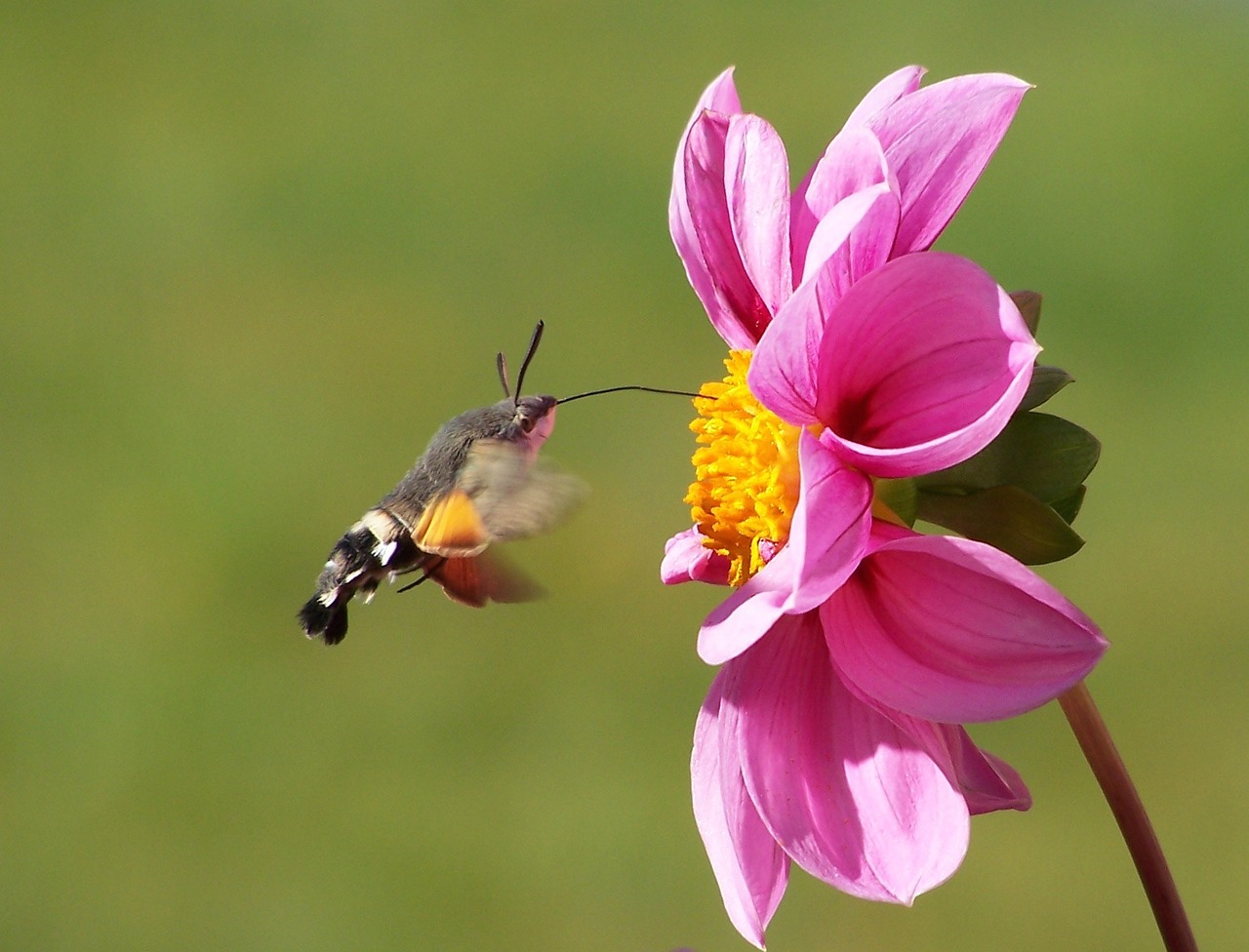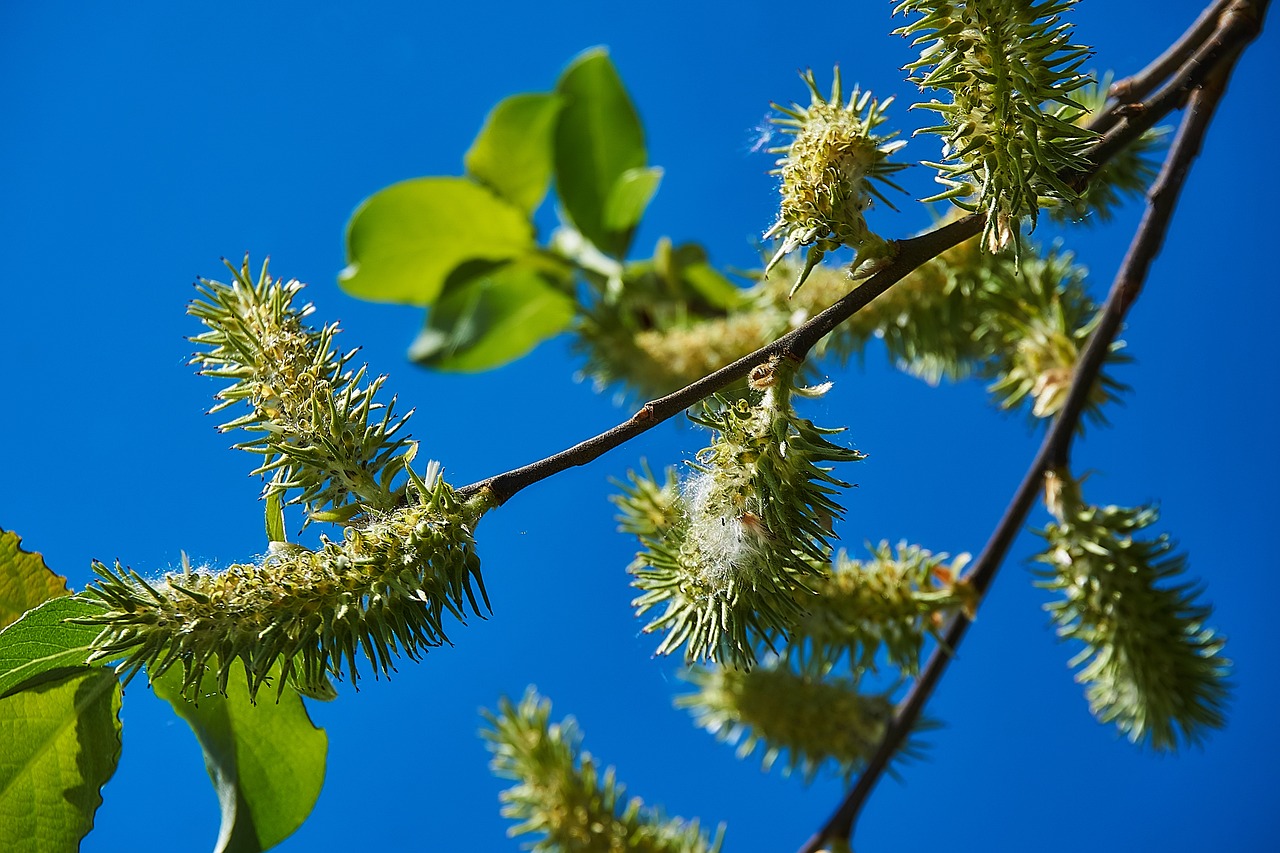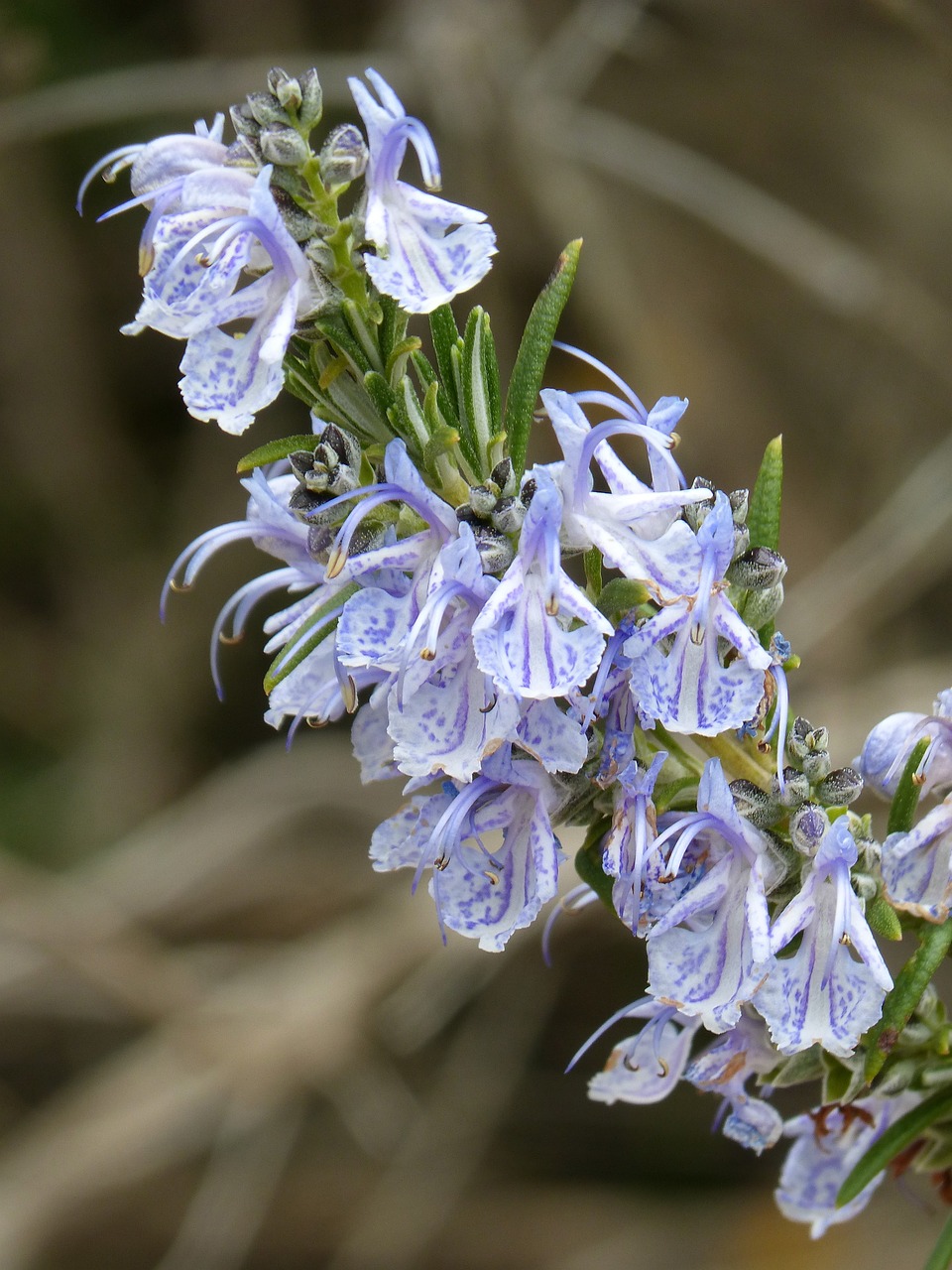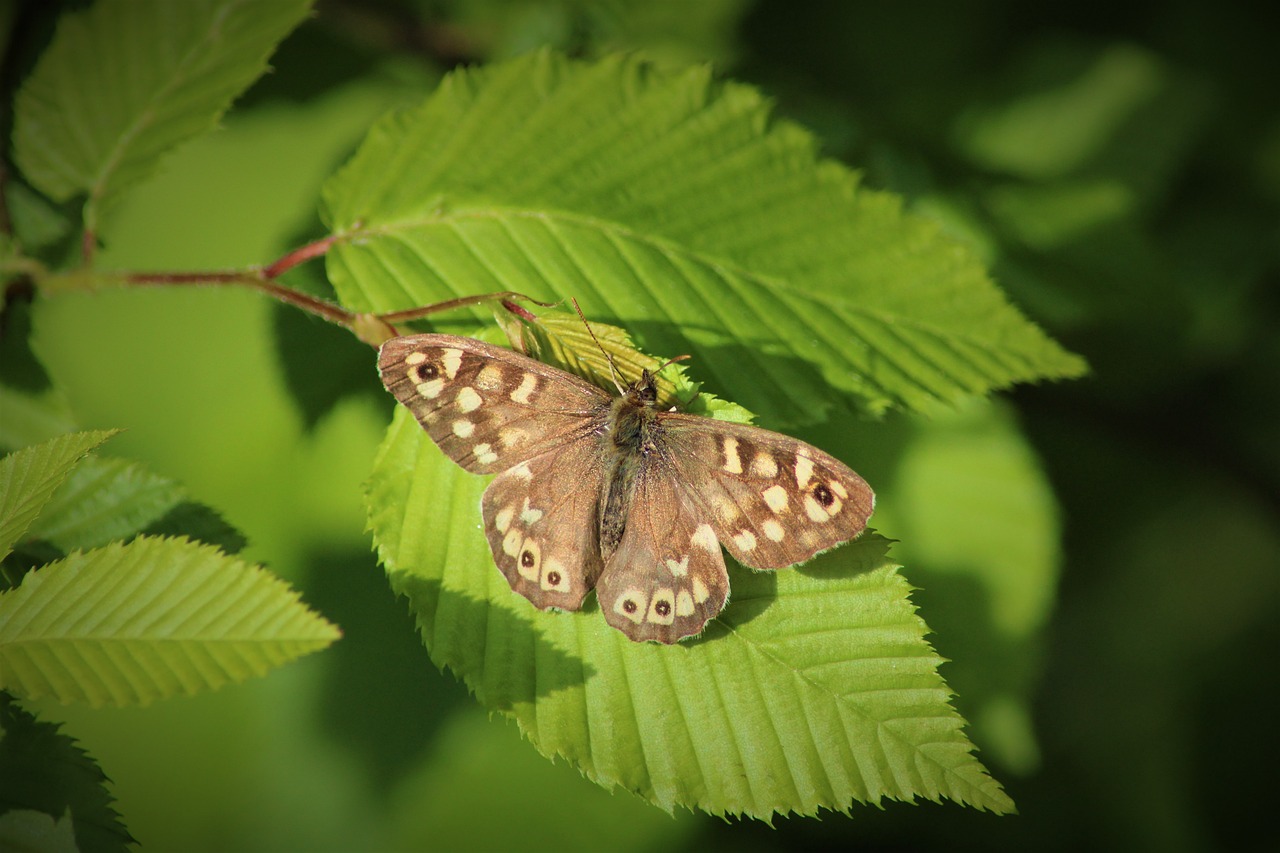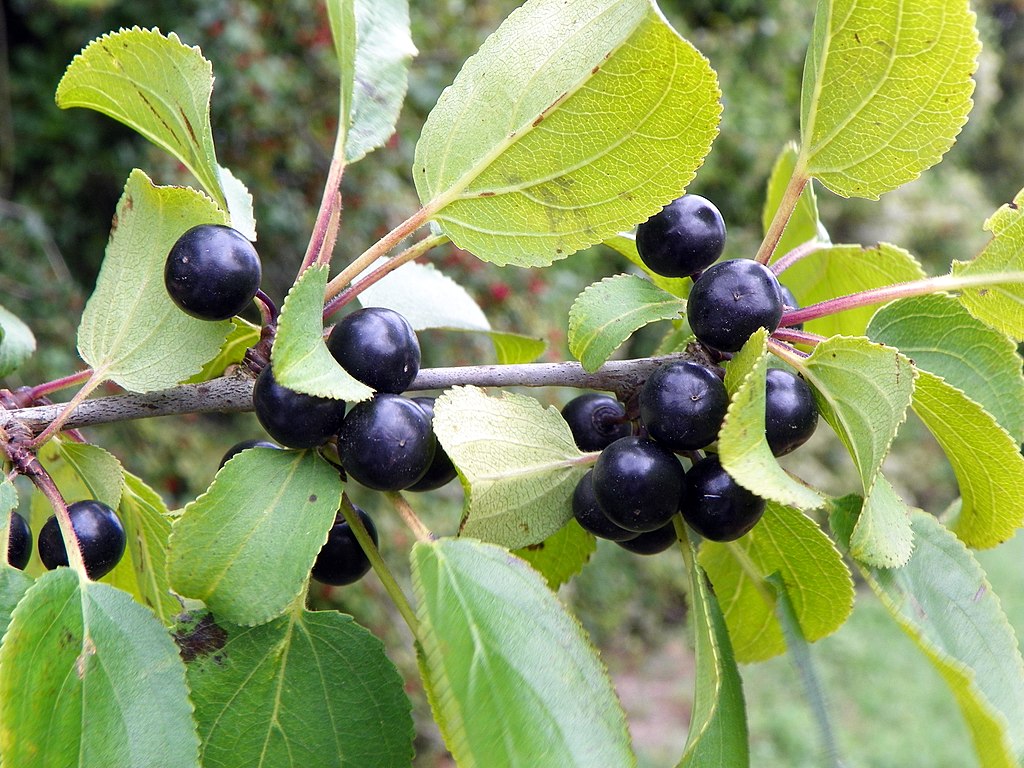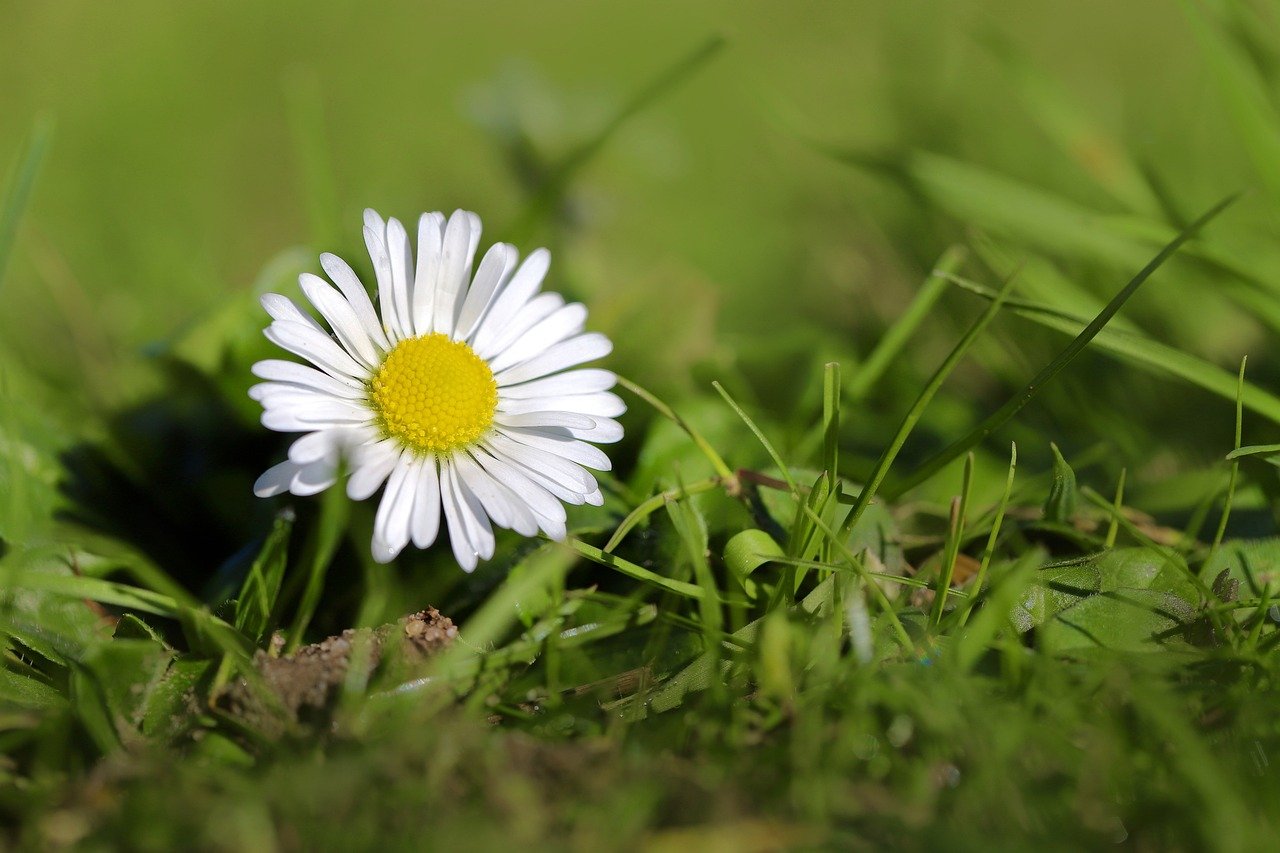Hummingbird Hawk-Moth
lifepollinaction2024-08-20T10:36:59+02:00Hummingbird Hawk-Moth The hummingbird hawk-moth (Macroglossum stellatarum) is a small moth belonging to the Sphingidae family. It has a wingspan of 50 mm; the forewings are brownish-gray with black lines. This moth, rather stout and robust, is often mistaken for a bumblebee during flight. It feeds on the nectar of numerous flower species using its very long proboscis, which can reach 26 mm in length, much like a straw . The caterpillars , which are a striking green color, have a characteristic blue posterior horn. Did you know? It is also called the “Hummingbird Moth” because its wings beat incredibly [...]


